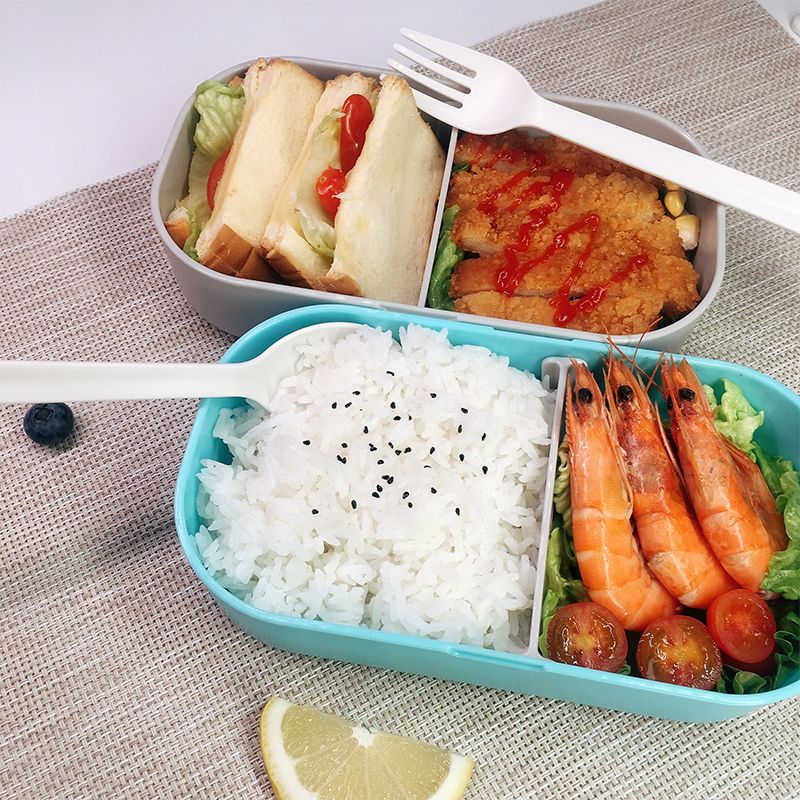
How to choose a suitable children's lunch box?
2023-10-23 22:00
How to choose a suitable children's lunch box?
Children’s lunch boxes need to have the following characteristics:
1. Durable
Children may have higher requirements for lunch boxes than adults. A good lunch box should be able to withstand at least a school year of daily use, including being stuffed into a backpack or dropped on the floor. Zippers and latches should not break or even withstand a lot of rough use.
2. Anti-leakage
Lunch boxes need to be leak-proof and preferably have lids that seal to help contain food within designated compartments. Food should not seep into other areas or outside the container. For kids who store their lunches haphazardly (or store them upside down) in compartments or backpacks, sealing is key to preventing leaks.
3. Easy to clean
Lunch boxes should be stain-resistant. They should not have gaps or loose linings to avoid trapping crumbs or other residue. Insulated soft bags that need to be wiped or washed by hand may not be as convenient as lunch boxes, because most lunch boxes can be placed directly. Clean in dishwasher. Some lunch boxes have parts that require hand washing, and models with many small compartments or tight corners are more difficult to clean than those with larger compartments and curved shapes.
4. Easy to use
The lunch box needs to be easy to carry. It can be held in the hand or on the body, inserted into the backpack or stuffed into the backpack. The handle design makes them easier to carry or take out of the bag. Young children should be able to open and close latches and lids on their own. We prefer a single, connected lunch box lid to those with multiple containers and separate lids (which are more likely to be misplaced).
5. Appropriate size.
The lunch box should not be too big to prevent you from filling it with too much or leaving too much space, which can allow food to dangle around inside. It also can’t be too small or it won’t hold enough for a lunch. For lunch boxes with compartments, the size of each compartment should be reasonable.
6. The design should be attractive.
Some children are more concerned about the appearance of the lunch box, so we think that the variety of styles is a plus, but not a decisive factor. We found that many children are more concerned about the aesthetics of the food placed in the lunch box.
If an ice pack is to be used, an insulated bag or lunch box with an insulated container should effectively keep the food cold (and appetizing) for several hours. But in our tests for this guide, and in our main lunch box guide, we found that few insulated lunch bags continued to keep food below 40 degrees Fahrenheit (4 degrees Celsius) after two hours, the U.S. Department of Agriculture’s Perishable food recommendations. Other lunch bag reviews have had similar results, so we don't think this is a critical criterion. The USDA recommends that hot foods stored in insulated containers should be kept at 140°F (60°C).

Yuki Chikudate, a preschool teacher in New York City, said lunch boxes are ideal for younger children for two reasons. First, since children are still learning the skill of opening lunch boxes, it is easier for teachers to help them unpack lunches that only require opening one or two latches. Second, while it may not matter to some kids, "most kids prefer to eat a well-packaged lunch that's visually pleasing." Small containers and transparent bags are more likely to attract children's attention. "







